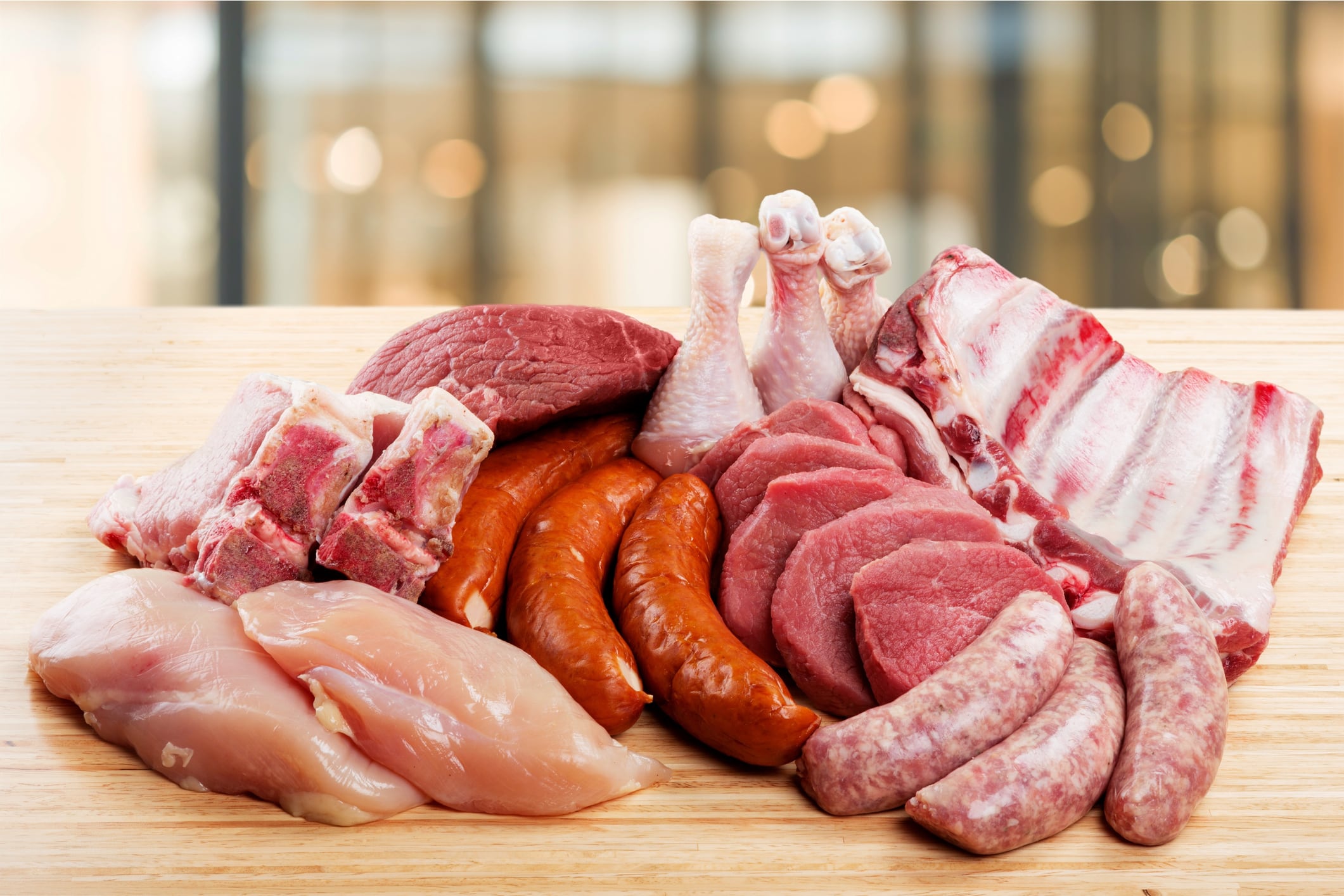On 16 January 2019, the EAT-Lancet Commission issued the world’s first scientific targets for a healthy diet that places food production within planetary boundaries.
Driven by growing population numbers – by 2050, the population is expected to reach 10 billion – the researchers sought to rethink current diets in a way that would intensify future food production within the planetary limits for climate change, biodiversity loss, land and water use, and nitrogen and phosphorus cycles.
The resulting EAT-Lancet reference diet promotes the consumption of fruit and vegetables, with proteins and fats sourced predominantly from plant-based foods. Unsaturated oils should be sourced from fish, and carbohydrates from whole grains.
However, the Commission did not address cost or affordability in its report. With food price and household income variances between low- and middle-income, and more affluent countries, just how feasible is improving global diets?
A fresh report published in The Lancet has sought to address this issue, calculating – for what researchers say is the first time – the cost of foods needed for a healthy and sustainable diet across the globe.
Analysing food price and household income
The team of researchers, led by a senior research fellow at the International Food Policy Institute in Washington, D.C, Kalle Hirvonen, analysed food price and household income data to estimate the affordability of the EAT-Lancet benchmark diet.
To do so, the researchers obtained retail prices from 2011 for 744 foods across 159 countries. Using this data, the team identified the most affordable foods to meet EAT-Lancet targets.
From there, they compared total diet cost per day to each country’s mean per capita household income and determined what proportion of people would not be able to afford the EAT-Lancet diet based on said income.
Affordability relative to a least-cost diet, that meets essential nutrient requirements, was also measured.

According to their findings, the minimum daily cost of EAT-Lancet reference diets in 2011 ranged from a median of $2.42 (in international dollars) in low-income countries to $2.66 in high-income countries.
The largest share was the cost of fruit and vegetables, which came to 31.2% of the total cost, followed by legumes and nuts (18.7%), meat, eggs, and fish (15.2%), and dairy (13.2%).
While the diet costs ‘a small fraction’ of average incomes in high-income countries, the authors noted it is not affordable for the world’s poor. “We estimated that the cost of an EAT-Lancet diet exceeded household per capita income for at least 1.58 billion people.
“The EAT-Lancet diet is also more expensive than the minimum cost of nutrient adequacy, on average.”
How to attain a ‘widespread global shift’ to the EAT-Lancet diet?
Calculations revealed that the EAT-Lancet reference diets are affordable for most of the world’s population. But this was not the case in low-income regions, such as in sub-Saharan Africa and South Asia.
In low-income countries, the researchers estimated that the cheapest food options available that allow for the Commission’s targets to be met could cost close to 90% of the mean per capita household income. “For more than 1.58 billion people, mostly in sub-Saharan Africa and South Asia, the cost of this reference diet would exceed their total income,” they noted.
And reaching EAT-Lancet targets would cost an average of 60% more than the ‘least-cost’ options for achieving adequate intake of essential nutrients.
This is largely due to the more expensive food groups cited in the reference diet, the authors explained. “The EAT-Lancet reference diet is often unaffordable for the poor because it requires larger quantities of higher-cost food groups such as dairy, eggs, meat, fish, fruits, and vegetables than the near-subsistence diets that are consumed by very poor people.”

So how can a widespread global shift to the EAT-Lancet diets be achieved? The researchers suggest improving diets – which currently differ greatly from the Commission’s reference diet – would require several changes. These include higher earnings, more favourable market prices, and nutrition assistance for low-income people.
In poorer regions, higher farm productivity and lower food prices are required, as well as elevated non-farm earnings and safety nets, which the researchers say could allow populations to ‘shift consumption away’ from ‘starchy stables’ and increase intake of nutritious yet more expensive animal-sourced and plant-based foods.
The authors continued: “Even if many poor consumers were to aspire to consume healthier and more environmentally sustainable foods, income and price constraints frequently render this diet unaffordable.”
“Measures to alleviate price and income constraints will be essential to bringing healthy and sustainable diets within reach of the world’s poor.”
Source: The Lancet
‘Affordability of the EAT-Lancet reference diet: a global analysis’
Published: 7 November 2019
DOI: https://doi.org/10.1016/S2214-109X(19)30447-4
Authors: Kalle Hirvonen, Derek Headey, William A Masters
Study funded by Bill & Melinda Gates Foundation





